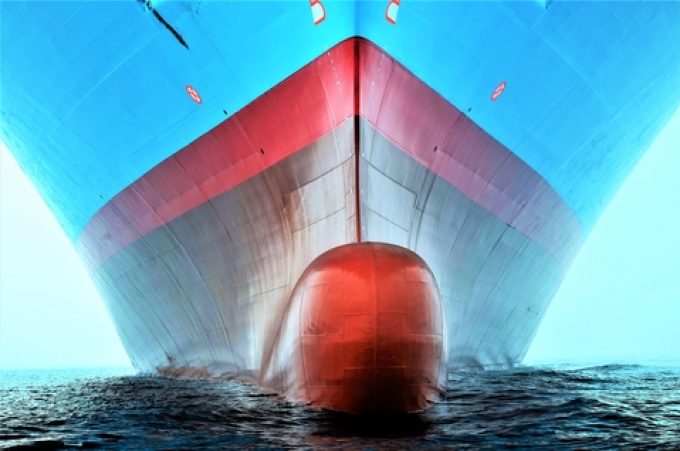Liners plan more rate hikes to halt renewed container spot rates decline
After last week’s hiatus, container spot freight rates on the Asia-Europe trades resumed their downward ...

Container spot rates from Asia to the US spiked this week, while carriers managed to halt the decline in short-term rates from Asia to North Europe.
However, spot rate on the transatlantic westbound have tumbled again, with average rates closing in on $1,500 per 40ft.
The latest analysis from John McCown for US container imports in June shows a year-on-year 18.6% reduction in volume, to 1,747,698 teu, at the top 10 US container ports – but that is an improvement on the ...
'It’s healthy competition' Maersk tells forwarders bidding for same business
Transpacific sees first major MSC blanks as rates fall and volumes falter
US shippers slam USTR port fee plan – 'an apocalypse for trade'
Opposition builds for final hearing on US plan to tax Chinese box ship calls
Despite sourcing shifts, 'don't write-off China', says CMA CGM CCO
White House confirms automotive tariffs – 'a disaster for the industry'
Cargo chief quits WestJet as freighter operations cease
New price hikes may slow ocean spot rate slide – but for how long?

Comment on this article